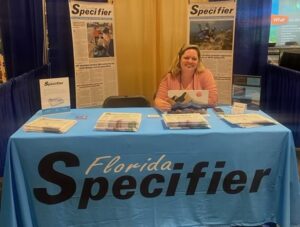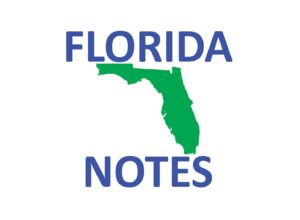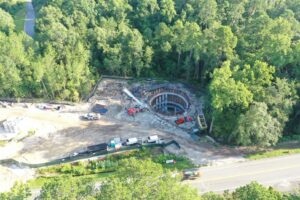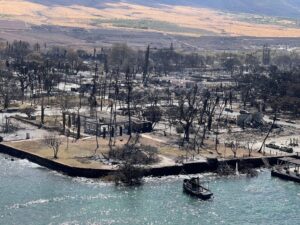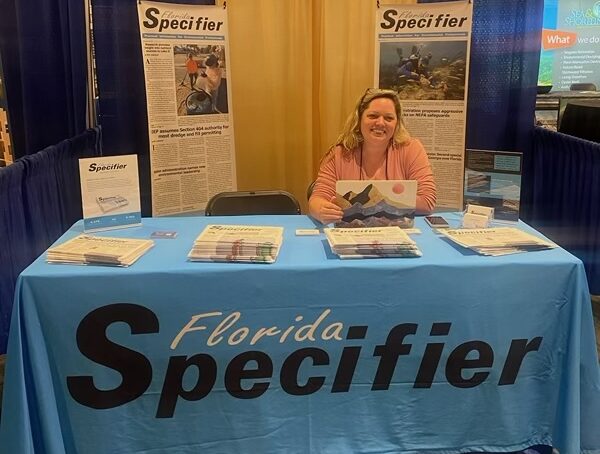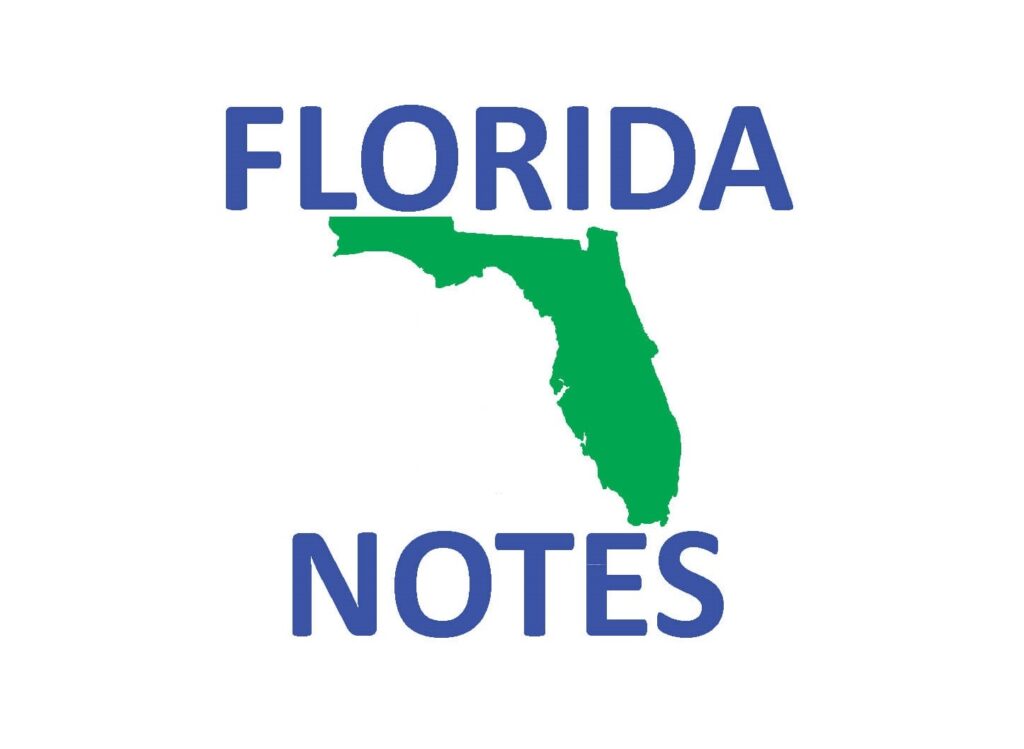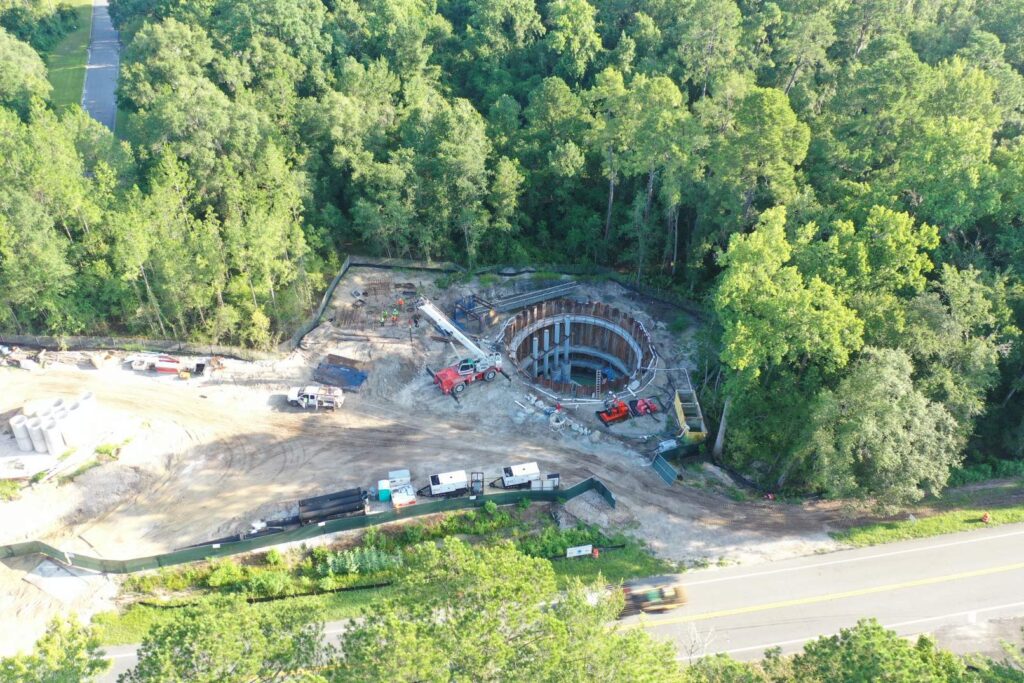
By DREW SILTON
Attorney,
Beveridge & Diamond

By LIA CRUTCHFIELD
Attorney,
Beveridge & Diamond
As September ended, the U.S. Environmental Protection Agency (EPA)’s Region 1 office took a series of actions signaling the agency’s intention to impose climate change adaptation requirements in National Pollutant Discharge Elimination System (NPDES) permits. In three permits issued to Massachusetts municipalities, the agency imposed obligations to develop adaptation plans aimed to mitigate risks to wastewater treatment plants and sewers resulting from larger storm events and more severe flooding. Region 1 also issued a guidance document to assist permittees with developing the climate adaptation plans required by NPDES permits. These adaptation planning requirements will likely appear in more EPA-issued permits and, ultimately, permits in authorized states issued to publicly owned treatment works (POTWs).
What do the new permits require?
The permits, issued to the Town of Palmer, City of Westfield, and City of Northampton, require the development of adaptation plans for their (and their co-permittees’) respective treatment plants and sewer systems in three components:
Component 1:
The permittees have two years from the permits’ effective dates to identify critical assets and operations most vulnerable to major storm events under “baseline” and “future” conditions. EPA defines baseline conditions as the 100-year flood based on historical records. For evaluating vulnerability under future conditions, EPA gives permittees the option to use either (a) projections of flooding using climate projections 10-25 and 25-70 years into the future or (b) using the higher of either the 100-year flood with additional freeboard or the 500-year flood.
Component 2:
Within three years of the permits’ effective dates, the permittees must assess and select adaptive measures—which can include building new infrastructure—for “the critical assets and related operations at the highest risk of not functioning properly under [future] conditions.” EPA is requiring the municipalities to “select the most effective adaptation measures that will ensure proper operation of the highest risk critical assets and the system as a whole.”
Component 3:
Within four years of the permits becoming effective, the permittees must propose an implementation and maintenance schedule for their selected adaptive measures.
The permits allow the municipalities to rely on prior adaptation assessments they have prepared within the past five years to meet their obligations. EPA is also requiring the municipalities to submit annual progress reports on adaptation plan development and implementation.
What does the guidance document cover?
The guidance recommends that the municipalities use the Climate Resilience Evaluation and Awareness Tool (CREAT) for evaluating risk and adaptive measures when they prepare adaptation plans required by NPDES permits. CREAT is an EPA-developed online tool that the agency created as part of its Creating Resilient Waters Utilities initiative. The guidance then provides step-by-step recommendations for how municipalities can use the CREAT tool.
Will these requirements show up in more NPDES permits?
Absolutely. In addition to the Westfield, Palmer, and Northampton permits, Region 1 has solicited comments on municipal NPDES permits containing climate adaptation requirements. The new guidance document also refers broadly to “risk and adaptive measures assessments required as part of the Adaption Plan in EPA Region 1 NPDES permits,” suggesting that these permitting actions are part of a broader Region 1 initiative for permits issued in Massachusetts and New Hampshire. Municipalities can also expect that states authorized to issue NPDES may try to follow EPA’s lead and impose adaptation requirements in their permits.
Can EPA impose adaptation requirements in NPDES permits?
These requirements may exceed EPA’s authority under the Clean Water Act. Federal courts have consistently recognized that the Act empowers EPA (and authorized states) to regulate only discharges, not facilities themselves. Although EPA has attempted to link the adaptation planning requirements to ensuring that discharges comply with the Act, these permit requirements sweep so broadly that they may exceed EPA’s authority. These adaptation planning obligations, which ask permittees to consider risks decades out, are also in tension with the Act’s limitation of NPDES permits to five-year terms.
What’s next?
These adaptation planning requirements can potentially interfere with regional adaptation planning efforts and municipal clean water agencies’ planning and budgeting processes. Municipalities will need to engage with EPA and their state regulators on adaptation issues and submit strong, well-considered comments during their next permit renewal cycles. ●

